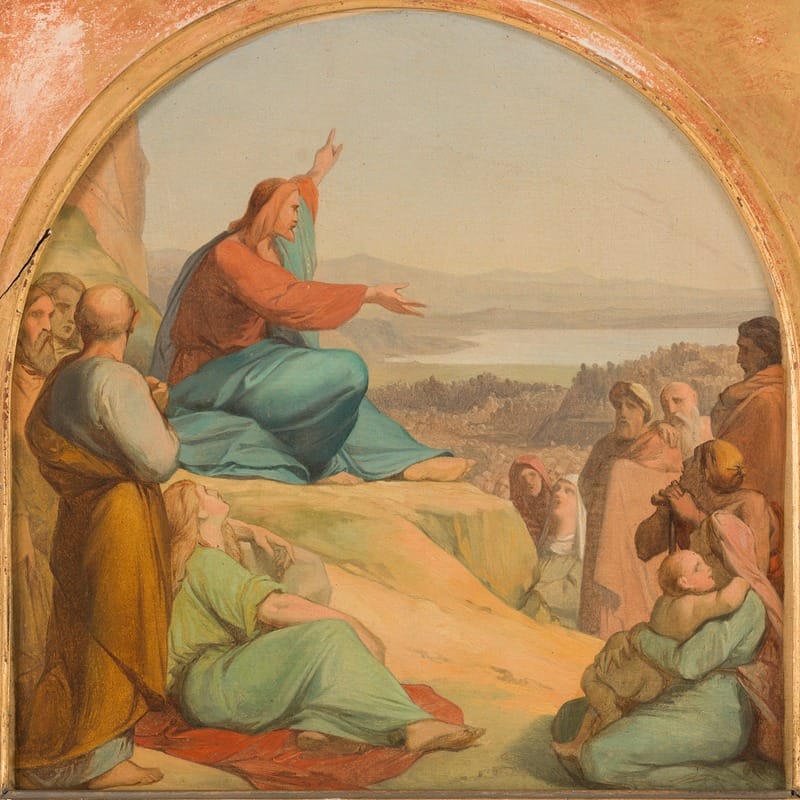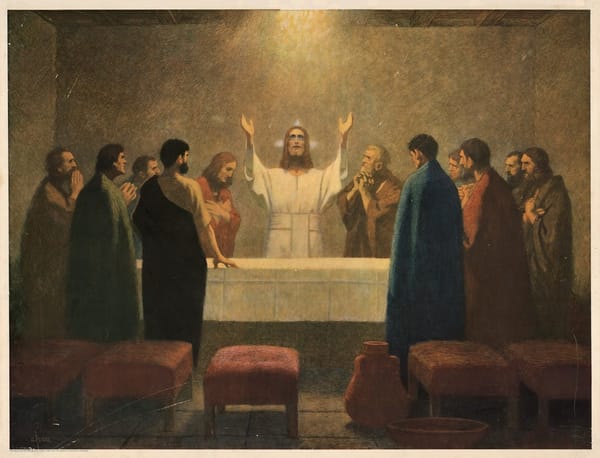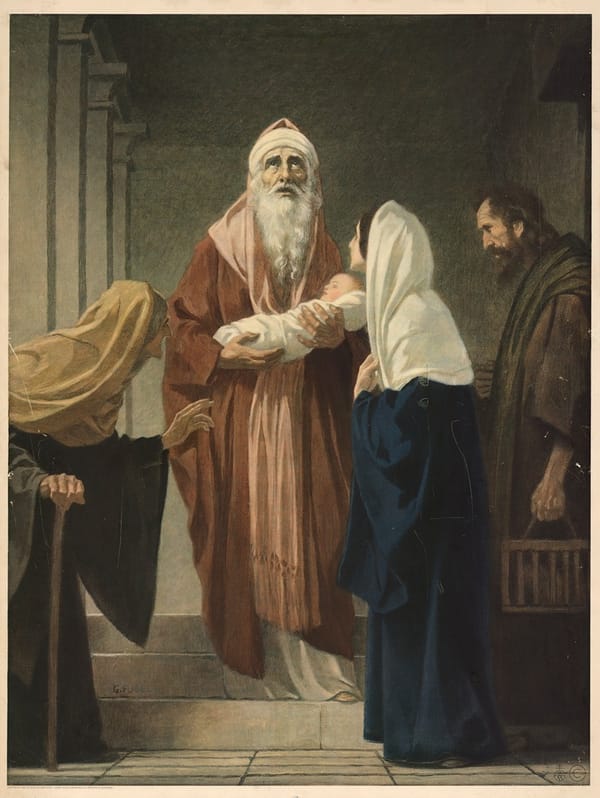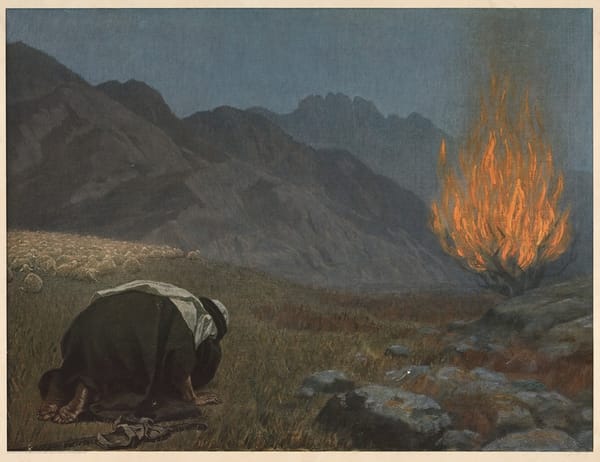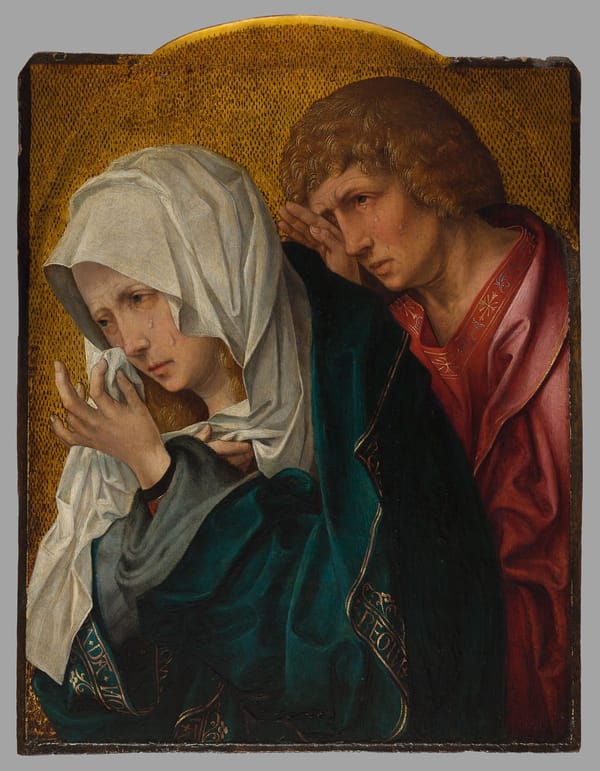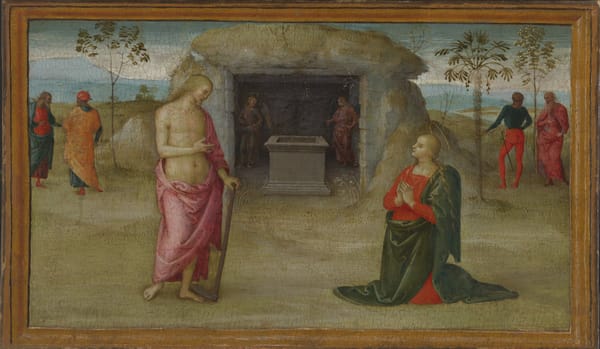The painting "Sermon on the Mount" (1849) by Nicolas Auguste Hesse belongs to the Romanticism art movement, which was particularly prominent in the 19th century. Hesse specialized in religious compositions during his career and was recognized for his large-scale works involving historical and spiritual themes, fitting into the broader Romantic tradition that emphasized emotion and dramatic narrative.
Artists emphasize Christ’s role as both teacher and divine authority, using compositional strategies to draw the viewer's focus: Christ is often depicted raised above the group, indicating both his spiritual authority and the sermon's foundational importance. Modern interpretations frequently emphasize peaceful, reflective landscapes and soft tones, aiming to evoke calm and contemplation for viewers.
